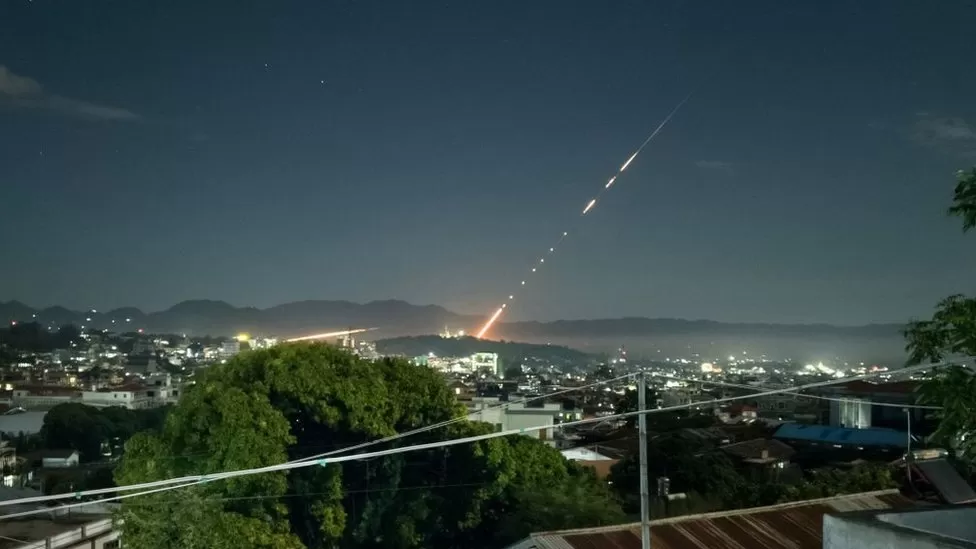Armed conflicts have intensified in Myanmar with Operation 1027 of the rebel groups with the potential of further escalation. The armed fighting has been going on for around a month between the military junta and an alliance of several rebel groups in the Shan State including the Myanmar National Democratic Alliance Army, the Ta’ang National Liberation Army and the Arakan Army. According to multiple sources including the BBC, the renewed armed conflicts — the biggest battle since the February 2021 coup — in the Shan State have led to the deaths of many including civilians and the displacement of more than 60000 people in Shan State and 200000 people nationwide.
It is notable that the present wave of armed conflicts in Myanmar, which has long been plagued by tensions between ethnic groups and the central government and between different ethnic armed groups, started with the coordinated Operation 1027 of rebel groups against the military junta in relations to several factors including the autonomous militarized zones on the eastern border and the Spring Movement, or the anti-coup movement started after the coup in 2021 which ousted the NLD (National League for Democracy) government. But armed conflicts between the junta and different rebels are the reflection of a complex interplay of historical, political and ethnic factors. Long-standing ethnic tensions and grievances, fighting for control over territory, marginalization and discrimination are some crucial causes.
The central government’s consolidation of power and the desire for the territorial defense and control and political rights of different ethnic groups including the Myanmar National Democratic Alliance Army and the Ta’ang National Liberation Army has frequently resulted in tensions and armed conflicts in several states including the Shan State over the decades. Among others, disputes over the control of natural resources including minerals and political instability have played significant roles in fueling armed conflicts between the government and rebels and between different rebel groups in different states. But political instability driven by repeated military rules, fragile democracy and the government’s repression, along with the lack of inclusive governance, has definitely further exacerbated ethnic tensions and armed conflicts.
Steps have been taken to resolve armed conflicts in the Shan State and other states in Myanmar. The government and different rebel groups have signed several peace accords including the 1989 Mong Tai Accord in Shan State between the government and the Shan State Army, the 2015 Nationwide Ceasefire Agreement involving the government and eight armed ethnic groups including some rebel groups in Shan State and the 2018 peace accord between the government and the Restoration Council of Shan State. But they are repeatedly broken by the parties involved. Additionally — and importantly — peace efforts taken are inadequate and there is no complete peace agreement that aims to resolve armed conflicts in Myanmar.
It is definitely crucial to address the causes of armed conflicts in Myanmar and resolve them. But the emphasis needs to be given to reaching a full-fledged peace agreement between the government and rebel groups in the Shan State. Given that peace in a single state is less likely to bring peace to the entire country, Myanmar needs to look for a complete peace agreement across the country. For this, meaningful dialogues and negotiations among the parties are crucial. The role of international actors is also vital for reaching solutions in the Shan State and other states — though it has been less successful in ending armed conflicts.
But, in the complete peace efforts, the emphasis needs to be given to providing greater political and cultural rights to different rebel groups, ensuring their representation in decision-making processes, resolving disputes over the control of natural resources in a fair and transparent manner and addressing economic marginalization and the violation of various human rights in Myanmar. But without resolving political problems, it is difficult to ensure complete peace in Myanmar. Here, a planned approach aiming at resolving armed conflicts in different states, along with addressing political problems, may be helpful.

